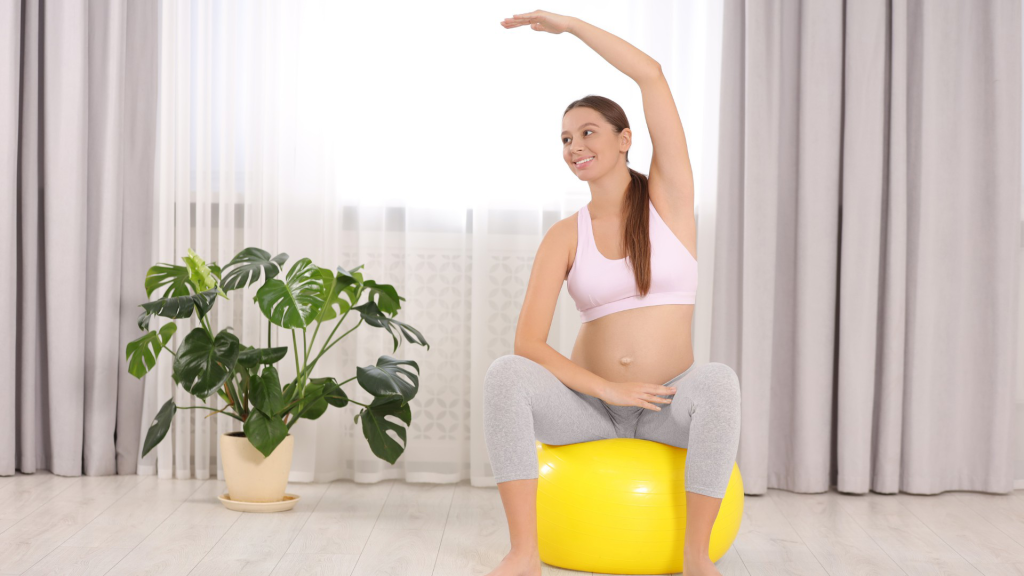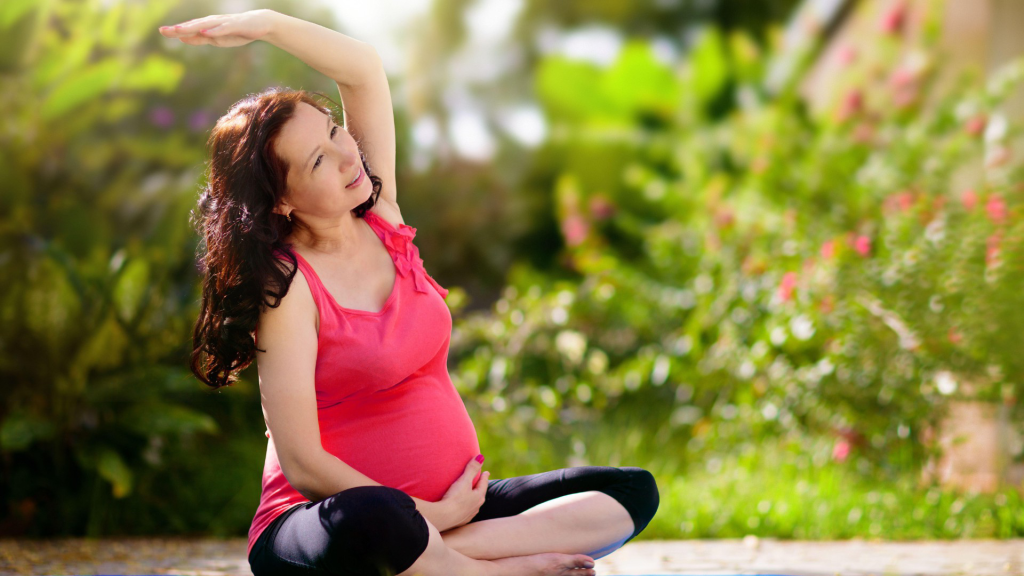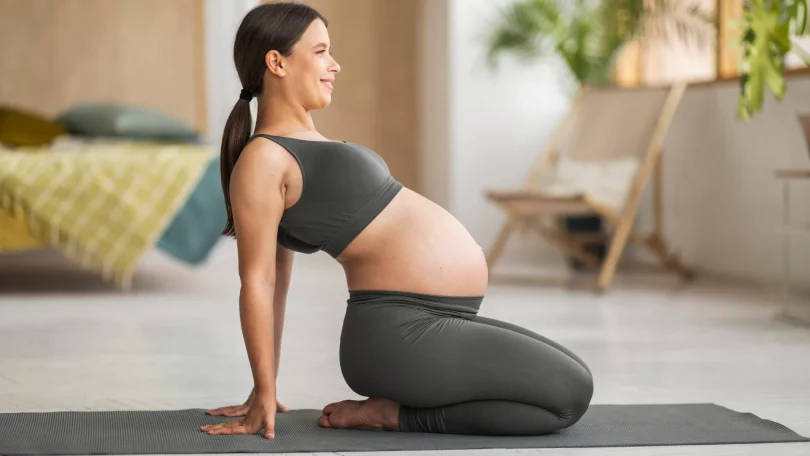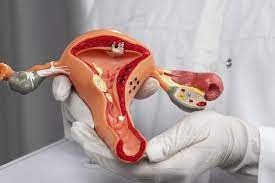Pregnancy is an extraordinary journey, full of joy, anticipation, and profound changes, both physically and emotionally. For expecting mothers, maintaining gentle physical activity during this period is highly beneficial, not only for the body but also for mental and emotional wellbeing. Shyambhai yoga is an excellent way to support your changing body while nurturing relaxation, flexibility, and strength. With mindful movement, controlled breathing, and poses tailored for pregnancy, this practice can help you feel more connected with your body and your baby. Practicing yoga even for 15–30 minutes daily can create a noticeable difference in comfort, posture, and emotional balance throughout your pregnancy.
Today, many mothers-to-be explore Online Pregnancy Yoga Classes, which offer guided sessions from certified instructors, tailored for each trimester. These classes allow pregnant women to practice in the comfort of their homes while receiving expert guidance, ensuring both safety and convenience.
Why Yoga During Pregnancy Matters
Pregnancy places unique demands on the body, affecting muscles, joints, and circulation. Gentle yoga can provide relief from common discomforts while supporting overall wellness. Benefits include:
- Improved flexibility and strength: Specific prenatal yoga poses target muscles that are essential for labor, including the pelvic floor, back, and legs.
- Relief from discomfort: Yoga helps ease common pregnancy pains such as lower back pain, hip stiffness, and sciatica.
- Better circulation: Stretching and movement improve blood flow, helping reduce swelling in feet and ankles.
- Stress management: Mindful breathing and gentle stretches lower stress hormones and promote calmness.
- Enhanced sleep quality: Relaxing postures and deep breathing encourage better rest.
1. Cat-Cow Pose (Marjaryasana-Bitilasana)

The Cat-Cow pose is one of the most effective prenatal yoga poses, particularly for maintaining spinal flexibility and relieving tension in the back. This gentle movement strengthens the back muscles and improves posture, which can be affected as the belly grows.
How to do it:
- Begin on your hands and knees, with wrists under shoulders and knees under hips.
- Inhale, arching your back, lifting your tailbone and head toward the ceiling (Cow Pose).
- Exhale, rounding your spine, tucking your chin toward your chest (Cat Pose).
- Repeat for 8–10 breaths, moving slowly and mindfully with your breath.
Benefits:
- Relieves lower back pain.
- Gently strengthens abdominal and back muscles.
- Enhances posture and spinal flexibility.
- Encourages awareness of breath and body alignment, which is helpful during labor.
2. Butterfly Pose (Baddha Konasana)
The Butterfly Pose is excellent for opening the hips and stretching the inner thighs, promoting pelvic flexibility, which can be valuable during labor and delivery. It also helps reduce tension in the lower back and groin area.
How to do it:
- Sit with your spine straight, bringing the soles of your feet together.
- Hold your feet with your hands and gently press your knees toward the floor.
- Keep your shoulders relaxed and your spine tall.
- Breathe deeply, holding the pose for 1–2 minutes.
Benefits:
- Opens the hips and stretches inner thighs.
- Improves pelvic mobility and flexibility.
- Reduces tension from prolonged sitting or standing.
- Promotes relaxation and mindfulness.
3. Side-Lying Pose (Anantasana Variation)
As pregnancy advances, lying flat on the back can become uncomfortable. Side-lying poses provide a restorative alternative that reduces spinal pressure while supporting circulation and relaxation.
How to do it:
- Lie on your left side for optimal blood flow.
- Place a pillow under your head and another between your knees.
- Extend your left arm in front of you and rest your right hand gently on your belly or side.
- Close your eyes and breathe deeply for 3–5 minutes, focusing on comfort and relaxation.
Benefits:
- Reduces pressure on the spine and abdominal organs.
- Supports healthy blood circulation.
- Encourages relaxation and deep breathing.
- Provides a comfortable resting position for longer periods.
4. Supported Squat (Malasana Variation)
The Supported Squat strengthens legs, hips, and pelvic muscles while opening the hips. This pose is especially helpful for childbirth preparation and can be safely modified with props.

How to do it:
- Stand with your feet slightly wider than hip-width apart.
- Slowly lower into a gentle squat, keeping your heels grounded.
- Use a chair, wall, or pillow for support if needed.
- Hold for 30–60 seconds while breathing deeply.
Benefits:
- Opens the hips for improved flexibility.
- Strengthens thighs, glutes, and pelvic muscles.
- Enhances posture and stability.
- Promotes awareness of breath and body alignment.
5. Warrior II Pose (Virabhadrasana II)
Warrior II is a standing pose that strengthens the legs, improves balance, and enhances focus. Practicing with proper alignment makes it safe and effective during pregnancy.
How to do it:
- Step your feet wide apart, turning the right foot 90 degrees and left foot slightly inward.
- Bend the right knee directly above the ankle, keeping the left leg straight.
- Extend your arms parallel to the floor and gaze over your right hand.
- Hold for 5–10 breaths, then switch sides.
Benefits:
- Strengthens the legs, core, and hips.
- Improves balance, focus, and endurance.
- Promotes mental clarity and confidence.
- Supports proper posture.
6. Cat Stretch With Side Bend
This variation of the Cat Pose targets the sides of the torso, which can become tight as the belly expands. It relieves tension in the lower back and ribs, improving comfort and mobility.
How to do it:
- Begin on all fours in a tabletop position.
- Exhale as you slide your right arm under your left side, lowering your shoulder and ear gently to the floor.
- Hold for 3–5 breaths, then switch sides.
Benefits:
- Stretches the sides of the torso and lower back.
- Reduces stiffness from prolonged standing or sitting.
- Encourages mindful breathing.
- Improves flexibility in the upper body and core.
7. Seated Side Stretch
Seated Side Stretches relieve tension in the neck, shoulders, and torso, while improving flexibility and encouraging deep breathing.
How to do it:
- Sit cross-legged or on a folded blanket for extra support.
- Inhale and lift your right arm overhead.
- Exhale, leaning gently to the left while keeping your spine long.
- Hold for 5–8 breaths, then switch sides.
Benefits:
- Lengthens the side body and spine.
- Opens the rib cage for improved breathing.
- Reduces tension in the neck, shoulders, and upper back.
- Encourages relaxation and mental focus.
Tips for Practicing Prenatal Yoga at Home

To make the most of your prenatal yoga practice, keep these tips in mind:
- Listen to your body: Only perform poses that feel safe and comfortable. Modify or skip any pose that causes strain.
- Use props: Pillows, blankets, and yoga blocks provide additional support and improve comfort.
- Stay hydrated: Keep water nearby and take breaks whenever needed.
- Focus on breath: Deep, rhythmic breathing promotes relaxation, reduces stress, and supports your baby.
- Avoid lying flat on your back after the first trimester to prevent pressure on major blood vessels.
- Practice regularly: Short, consistent sessions are more beneficial than sporadic long sessions.
Many expecting mothers benefit from structured guidance through Online Yoga Classes designed specifically for pregnancy. These classes ensure safe alignment, reduce the risk of injury, and allow you to practice at your own pace in a familiar and comfortable environment.
Conclusion
Prenatal yoga is not just exercise—it is a holistic approach that nurtures the body, mind, and spirit. Incorporating gentle yoga poses into your routine can alleviate common pregnancy discomforts, strengthen key muscles, improve flexibility, and promote mental clarity. Each of the seven poses described here—from Cat-Cow to Seated Side Stretch—provides unique benefits that support both the mother and the growing baby. With Shyambhai yoga, even short home-based sessions can foster relaxation, strength, and confidence, preparing you for the physical and emotional demands of childbirth.







